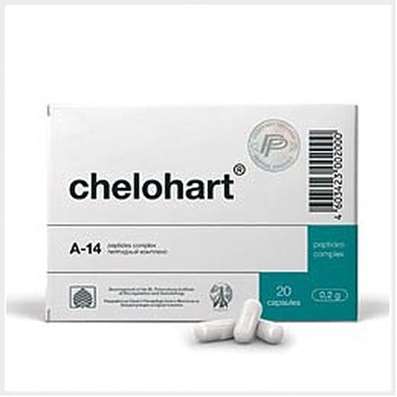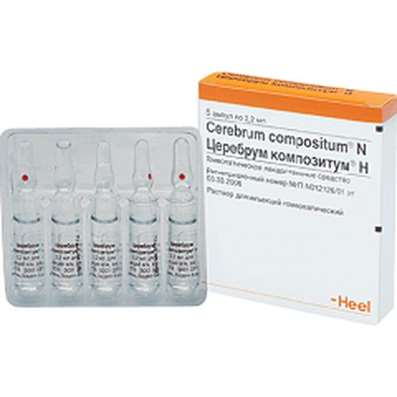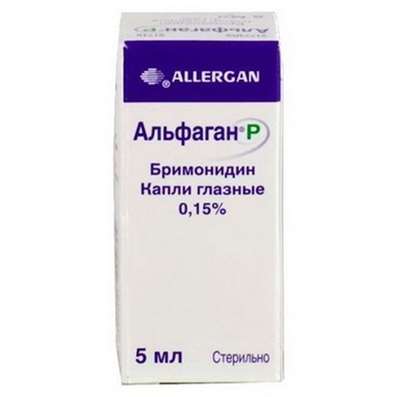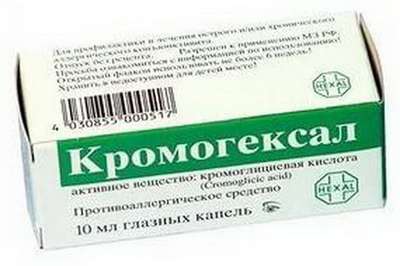Instruction for use: Peginterferon alfa-2b
I want this, give me price
Trade name of the drug – Pegaltevir, PegIntron, Peginterferon alfa-2b
The Latin name of the substance Peginterferon alfa-2b
Peginterferonum alfa-2b (genus. Peginterferoni alfa-2b)
Pharmacological group:
Interferons
Application of pregnancy and breastfeeding
The action category for fetus by FDA is C.
Model clinical-pharmacological article 1
Pharmacotherapy. Peginterferon alfa-2b is a recombinant interferon alpha2b conjugated to monomethoxypolyethylene glycol. Obtained from an Escherichia coli clone containing a genetically engineered plasmid hybrid encoding interferon alpha2b of human leukocytes. Has immunostimulating and immunomodulating properties. The biological activity of the pegylated isomers is qualitatively similar to that of free interferon alpha2b, but weaker. By interfering with the cell wall, interferon initiates a sequence of intracellular reactions that involve induction of certain enzymes, which leads to suppression of viral replication in infected cells, inhibition of cell proliferation, enhancement of phagocytic activity of macrophages and specific cytotoxicity of lymphocytes against target cells.
Pharmacokinetics After sc administration TCmax - 15-44 h, significant concentrations persist for 48-72 h. Cmax and AUC increase in proportion to the dose. The volume of distribution is 0.99 l / kg. With repeated administration, biological activity increases slightly, but cumulation of immunoreactive interferons occurs. T1 / 2 is greater than that of non-pegylated interferon alpha2b. T1 / 2 - 30.7 hours (from 27 to 33 hours), clearance - 22 ml / h / kg (including renal - 30%). At a single application in a dose of 1 μg / kg, the pharmacokinetics of the drug did not depend on age, and in patients with impaired renal function, an increase in Cmax, AUC and T1 / 2 was found in proportion to the degree of decrease in renal function.
Indication. Histologically confirmed chronic hepatitis C (as monotherapy for intolerance to ribavirin or contraindications to its use).
Contraindications. Hypersensitivity (including to other interferons), autoimmune hepatitis, an autoimmune disease in the anamnesis; Dysfunction of the thyroid gland, not amenable to drug correction; Severe renal / hepatic insufficiency, severe mental illness (including history), epilepsy and other abnormalities of the central nervous system, pregnancy, lactation, age (under 18 years of age - safety and efficacy have not been studied).
Carefully. CHF, myocardial infarction, arrhythmias, COPD, blood clotting disorders (including thrombophlebitis, pulmonary embolism), severe oppression of bone marrow hematopoiesis, psoriasis, diabetes mellitus, prone to the development of ketoacidosis.
Dosing. SC - 0.5-1 mcg / kg once a week for 6 months. The dose is chosen taking into account the expected efficacy and safety. If after 6 months the virus RNA is eliminated from the serum, the treatment is continued up to 1 year.
If undesirable effects are observed during treatment, the dose should be reduced 2-fold. If unwanted effects persist or reappear after a dose change, the treatment is stopped.
Dose reduction is recommended with a decrease in the number of neutrophils less than 750 / μL or a platelet count of less than 50 thousand / μL. The therapy is stopped with a decrease in the number of neutrophils less than 500 / μl or a platelet count of less than 25 thousand / μl.
If there is a marked violation of kidney function (KK less than 50 ml / min), patients should be under constant supervision; If necessary, a weekly dose of the drug should be reduced.
A dose change with age is not required.
The rule for the preparation of the solution: the powdered contents of the vial are dissolved in 0.7 ml of water for injection, and the bottle is gently shaken until the powder is completely dissolved. The prepared mortar should be inspected before introduction: in case of discoloration, it should not be used. For administration, up to 0.5 ml of solution is used, the remaining solutions must be poured.
Side effect. From the side of the nervous system: dizziness, hyperesthesia, paresthesia, emotional lability, nervousness, drowsiness, depression; Rarely - suicidal thoughts and attempts at suicide, agitation, confusion.
On the part of the digestive system: dry mouth, flatulence, vomiting, constipation or diarrhea, etc. dyspeptic phenomena; Rarely - pain in the right hypochondrium, hepatopathy.
From the CVS: a decrease or increase in blood pressure, arrhythmia.
On the part of the respiratory system: nasal congestion, sinusitis; Rarely - cough, shortness of breath, infiltrates in the lungs of an obscure etiology.
On the part of the sense organs: conjunctivitis, in rare cases - pain in the eyes, reduction of acuity or limitation of visual fields, retinal hemorrhages, focal retinal changes, artery or retinal vein obstruction, hearing impairment.
On the part of the endocrine system: a violation of the thyroid gland, diabetes, menstrual irregularities (including menorrhagia).
Allergic reactions: dry and itchy skin, skin rash (including erythematous, urticaria), angioedema, bronchospasm, anaphylactic shock.
Laboratory indicators: neutropenia, granulocytopenia, thrombocytopenia, the appearance of autoantibodies.
Other: malaise, increased sweating, fever, chest pain, flu-like syndrome, viral infections, "hot flushes" to the face, decreased libido.
Overdose. Symptoms: with an occasional dose that exceeded the recommended dose by no more than 2 times, no serious overdose symptoms were observed. Undesirable phenomena pass independently and do not require withdrawal of the drug.
Interaction. Pharmaceutically incompatible with others. PM.
A single administration of the drug does not affect the activity of cytochromes CYP1A2, CYP2C8, CYP2C9, CYP2D6, CYP3A4 and N-acetyltransferase. However, it must be borne in mind that other forms of interferon alpha caused a decrease in the clearance of theophylline (which is the substrate of CYP1A2) by 50% and an increase in its plasma concentration by a factor of 2.
With simultaneous application with ribavirin, there is no evidence of pharmacokinetic interaction.
Special instructions. Patients with CHF, myocardial infarction and / or arrhythmias should be under constant supervision, including ECG monitoring.
During treatment, it is necessary to provide adequate hydration to prevent a decrease in blood pressure, associated with a decrease in the volume of fluid in the body.
When fever, cough, dyspnea, and other respiratory symptoms occur, all patients should be given a chest x-ray. In the presence of infiltrates on radiographs or signs of pulmonary function disorder, it is necessary to constantly monitor the dynamics of changes; For the treatment of adverse events from the lungs, drug cancellation and the appointment of GCS are possible.
In diabetes mellitus, hypertension, an ophthalmic examination is recommended before and during treatment.
Serum TSH concentrations should be determined before and during treatment. In the presence of thyroid dysfunction, it is recommended to prescribe drug therapy, in the absence of the possibility of drug correction of the function, the drug is canceled.
When there are mental disorders or changes in the function of the central nervous system, incl. Obvious depression, it is recommended that patients be monitored continuously, given the potential danger of such undesirable effects. If the symptoms persist or increase, the treatment is stopped.
When unwanted effects appear on the background of therapy - fatigue, drowsiness or confusion - it is not recommended to drive a car or a complicated technique associated with increased injuries.
Adequate studies in pregnant women have not been conducted. The drug can be used in women of reproductive age in the event that they use effective methods of contraception.
There is no information on excretion of the drug with breast milk.

 Cart
Cart





